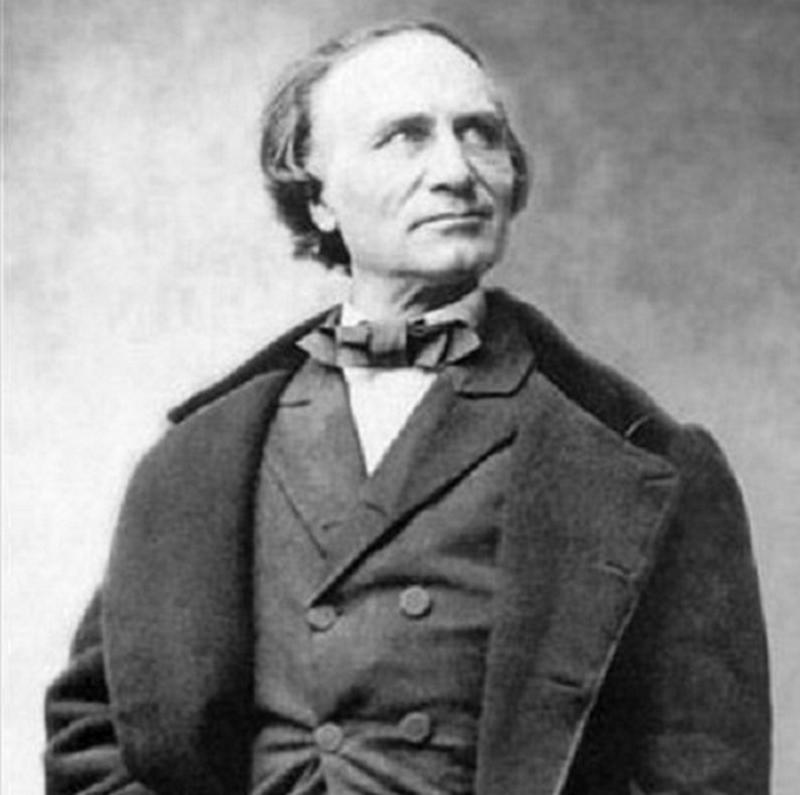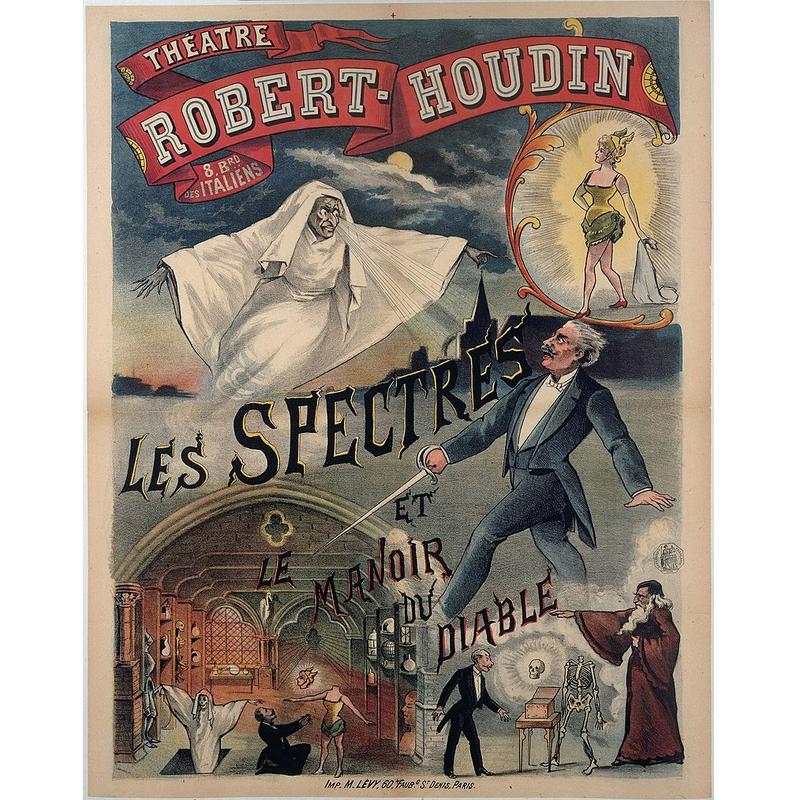Jean-Eugène Robert-Houdin And The Transformation Of Magic
By Linda Speckhals | December 26, 2022

The first reliable documentation of magic tricks dates to 50 BCE, with the mention of a group of magicians, called the Acetabularii, who had performed the Cup and Balls routine in ancient Rome. Seneca the Younger of Rome mentioned enjoying the mystery of the cup and dice trick around 65 CE. In 1584, Reginald Scot published The Discoverie of Witchcraft; the text revealed many of the secrets of magic tricks in an attempt to dissuade people from burning at the stake those who performed simple magic tricks. The book, however, was burned in 1603. With the belief in witchcraft beginning to wane, magicians began to perform magic shows for wealthy patrons, but magic shows continued to mainly be entertainment at fairs.
A Clockmaker First
Perhaps the most important magician to bring magic to the mainstream and transform it into entertainment for the wealthy was Jean-Eugène Robert-Houdin. He was born Jean-Eugène Robert in Blois, France in 1805. He began work as a clerk in an attorney’s office, but law did not interest him, as he was a better watchmaker than a lawyer. He ended up working on clockmaking for the rest of his life, and in addition to becoming the father of modern conjuring, he is credited with inventing the mystery clock.
A Book Changed His Life
He purchased what he thought was a two-volume copy of Traité de l'horlogerie (Treatise on Clockmaking) by Ferdinand Berthoud in the mid-1820s. However, what he unwrapped changed his life; instead of the Berthoud books, he found a two-volume set on magic called Scientific Amusements. He decided to keep the books and began learning the basics of magic.

Becoming Robert-Houdin
The books only revealed so much, but they did pique his interest, and he started to take lessons from an amateur magician named Maous. He learned how to juggle, which improved his hand-eye coordination, as well as the basics of cups and balls. At the same time, he continued to study clock making, eventually moving to Tours where he set up a watchmaking business; he practiced conjuring on the side and joined an amateur acting troupe, which gave him some early performance experience. After meeting Josèphe Cecile Houdin, the daughter of a Parisian watchmaker, the couple married, and he hyphenated his name to become Robert-Houdin. Once married, they moved to Paris where he worked in the shop of his father-in-law, who was also a watchmaker.
Building Mechanical Figures
One day, by accident, he walked into a shop on the Rue Richelieu and discovered they sold magic; it was here that he met other magicians. Robert-Houdin began to learn the details of mechanical tricks and started to build his own mechanical figures, including a singing bird and an automaton that performed the cup and balls. His best automaton was his writing and drawing figure, which he eventually sold to P.T. Barnum. Although he was hired by Count de l’Escalopier to perform at private parties, he continued to dream of opening his own theater with an elegant stage. As he made money, he also began to experiment with new tricks.
Opening His Own Theater
When Count de l’Escalopier fronted him 15,000 francs he was able to rent a suite of rooms above the archways around the gardens of the Palais Royale and hire workmen to transform the assembly room into a theater. They hung draperies, arranged candelabras throughout, and set the stage furniture in the style of Louis XV. By July 3, 1845, the Théâtre Robert-Houdin premiered, but according to his memoirs, he believed the show to be a disaster. He was going to close it for good after the first show, but when a friend agreed that the theater was a silly venture, Robert-Houdin became determined to make a go of it.

Developing New Tricks
He worked hard, and as his performances improved, the critics began to notice. He added a new trick, Second Sight, which was especially popular, and many came to see his performance. With Second Sight, Robert-Houdin walked through the audience, touching items that the audience held up; his blindfolded assistant (his son Émile) described each item in detail. He also created an illusion involving “ether,” a liquid that Paris was abuzz about. According to Robert-Houdin, if a person could “inhale this liquid when it is at its highest degree of concentration” they would then become “light as a balloon.” One of his early tricks, the “Light and Heavy Chest” used electromagnetism so that a small child was able to lift a box with ease, while an adult could not.
Taking His Show On The Road
With the end of the reign of Louis-Philippe, Robert-Houdin shut down the Palais Royal and took his show on the road for a year and a half, first touring the continent and then heading to Great Britain, making his debut at the St. James Theater in London. He put on his show there three times a week, and in 1848, he performed for Queen Victoria.
Retirement And Death
After his return to Paris, he handed the Palais Royal over to his brother-in-law Hamilton and set out on a tour before retiring at the age of 48. He kept busy after retirement, writing and working on inventions with electricity. He was also sent on a mission by Louis-Napoleon to pacify the tribes in French Algeria, showing them the strength of French magic. After returning he gave his final performance at the Grand Théâtre in Marseilles. He died at the age of 65 in 1871.